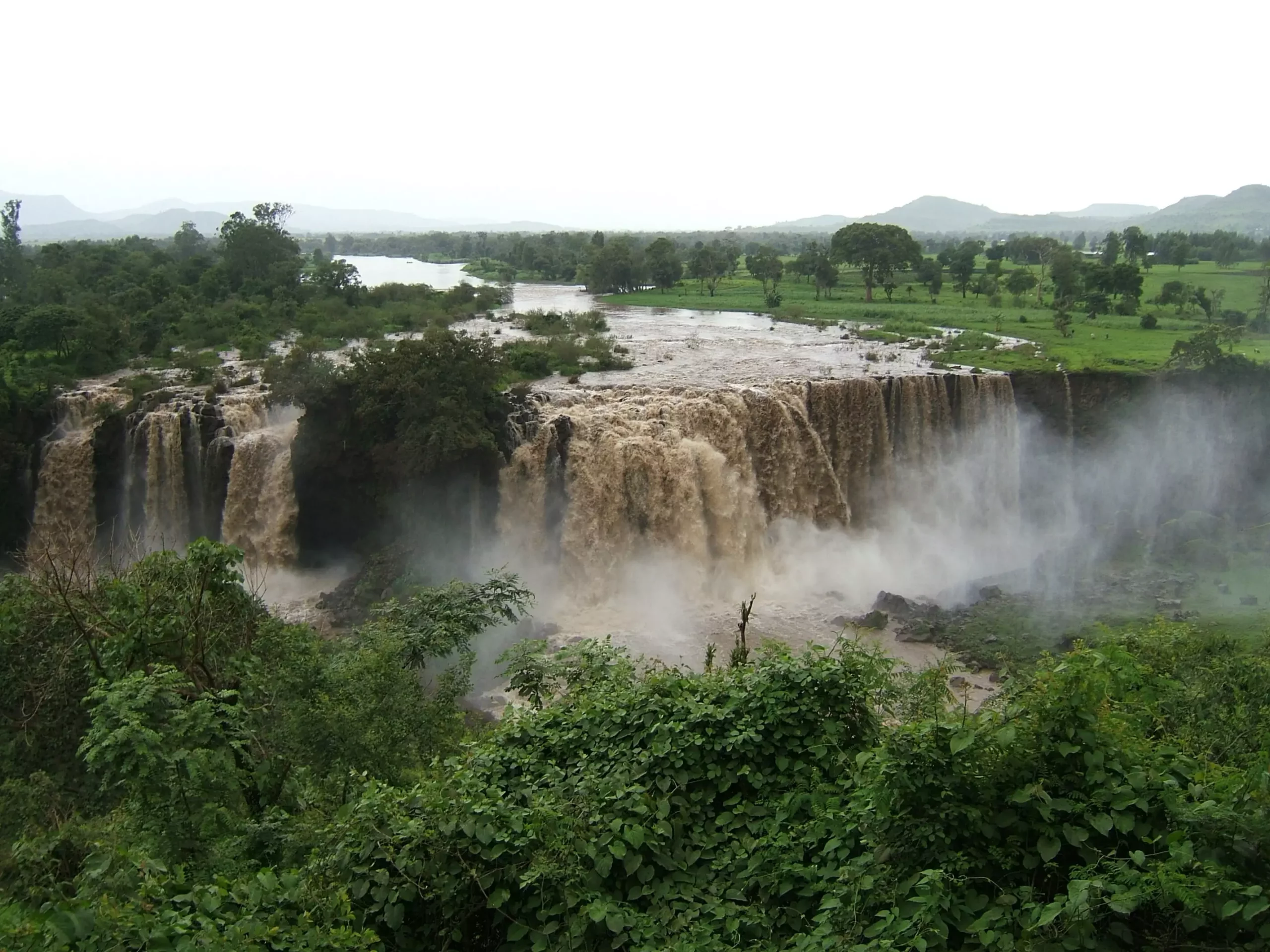The Nile River, revered as the lifeblood of civilization for millennia, now faces unprecedented transformations due to climate change. Recent extreme weather patterns, including prolonged droughts and severe floods, complicate the ecological and human context of one of the world’s most significant waterways. The implications of these shifts are not merely theoretical; they threaten the livelihoods of millions who depend on the annual floods that have historically enriched the Nile Valley. This pressing challenge necessitates a deeper understanding of the river’s response to changing climatic factors.
To anticipate future patterns, researchers have turned to the past, analyzing periods such as the North African Humid Period (NAHP) that took place approximately 11,000 to 6,000 years ago. This epoch was marked by substantial increases in precipitation across northeastern Africa, leading to profound alterations in hydrological dynamics. A research team led by Cécile Blanchet from the German Research Centre for Geosciences (GFZ) has embarked on an ambitious study to draw parallels between ancient conditions and current climatic scenarios, highlighting the role of historical analyses in modern climate stratagems.
Decoding the Historical Climate Record
By examining a meticulously extracted sediment core, the research team has crafted a narrative detailing the fluctuating hydrology of the Nile through time. This core, spanning 1,500 years and featuring distinct annual layers, provides a snapshot into the river’s past, revealing the conditions that governed flood variability. Published in *Nature Geoscience*, their findings indicate that elevated wetter climates were characterized by enhanced flood variability, oscillating between extreme inundations and receding waters—an instability that likely rendered the region uninhabitable at certain times.
The sediment core, gathered near the Nile’s mouth, captures the essential evidence of ancient river behavior, preserving fine layers of fluvial particulate matter. Analyzing these sedimentary structures not only sheds light on prehistoric Nile floods but also serves as a natural laboratory for validating contemporary climate models. Blanchet’s research underscores this potential, asserting that past geological records can greatly improve our predictive capacities regarding future climates.
Flood Dynamics and Climate Variability
The investigation revealed alarming insights about the relationship between climatic conditions and flood magnitudes. Notably, the variability in sediment layers suggested that floods during the NAHP could be considerably stronger and more unpredictable than those in more recent history. Distinct layers, ranging dramatically in thickness, highlighted periods of significant erosional activity and deposition, while analyses indicated that flood intensity was less about sheer water volume and more about the complex interactions of sediment dynamics and hydrology.
One of the compelling revelations from this research lies in the correlation between historical flood patterns and climatic oscillations, such as the El Niño Southern Oscillation (ENSO). Researchers identified a striking synchronization between flood intensity and both annual and multi-decadal climatic cycles. The cyclical nature of these weather patterns implies that, while floods may vary in magnitude and regularity, past climate drivers can provide predictive insights essential for planning and infrastructure development today.
The Role of Ancient Wisdom in Modern Solutions
What sets this study apart is its connection to ancient Egyptian methodologies. The Egyptians ingeniously measured the Nile’s water levels using structures known as nilometers, thereby generating a continuous record of fluctuations over nearly two millennia. By merging this ancient record with contemporary findings, researchers can glean valuable insights into how similar climatic phenomena are interpreted differently across varying historical contexts.
This analysis reveals not only the statistical similarities but also the stark contrasts in flood dynamics between differing climatic periods. For example, while both ancient and modern climate drivers induce flooding, their impacts are amplified under wetter and warmer scenarios, necessitating the development of sophisticated forecasting tools that can accommodate these insights.
Future-Proofing the Nile Valley
The ramifications of these interconnected studies are vast, promising to inform efforts aimed at risk management for vulnerable populations residing along the Nile. As global warming intensifies, the likelihood of drastic weather variability increases, rendering it critical to develop robust infrastructure and reliable forecasting mechanisms tailored to specific climatic conditions. By utilizing historical sediment records to enhance our predictive capabilities, researchers can equip governments and communities with the tools needed to mitigate the impacts of evolving weather patterns.
Ultimately, the Nile’s ancient narratives present an invaluable repository of knowledge, enabling us to contextualize modern challenges and guide future transformations in response to climate change. Through the lens of past climate behaviors, we can envision a more sustainable future for the Nile Valley, ensuring that this vital waterway continues to nourish the civilizations that depend on it.

